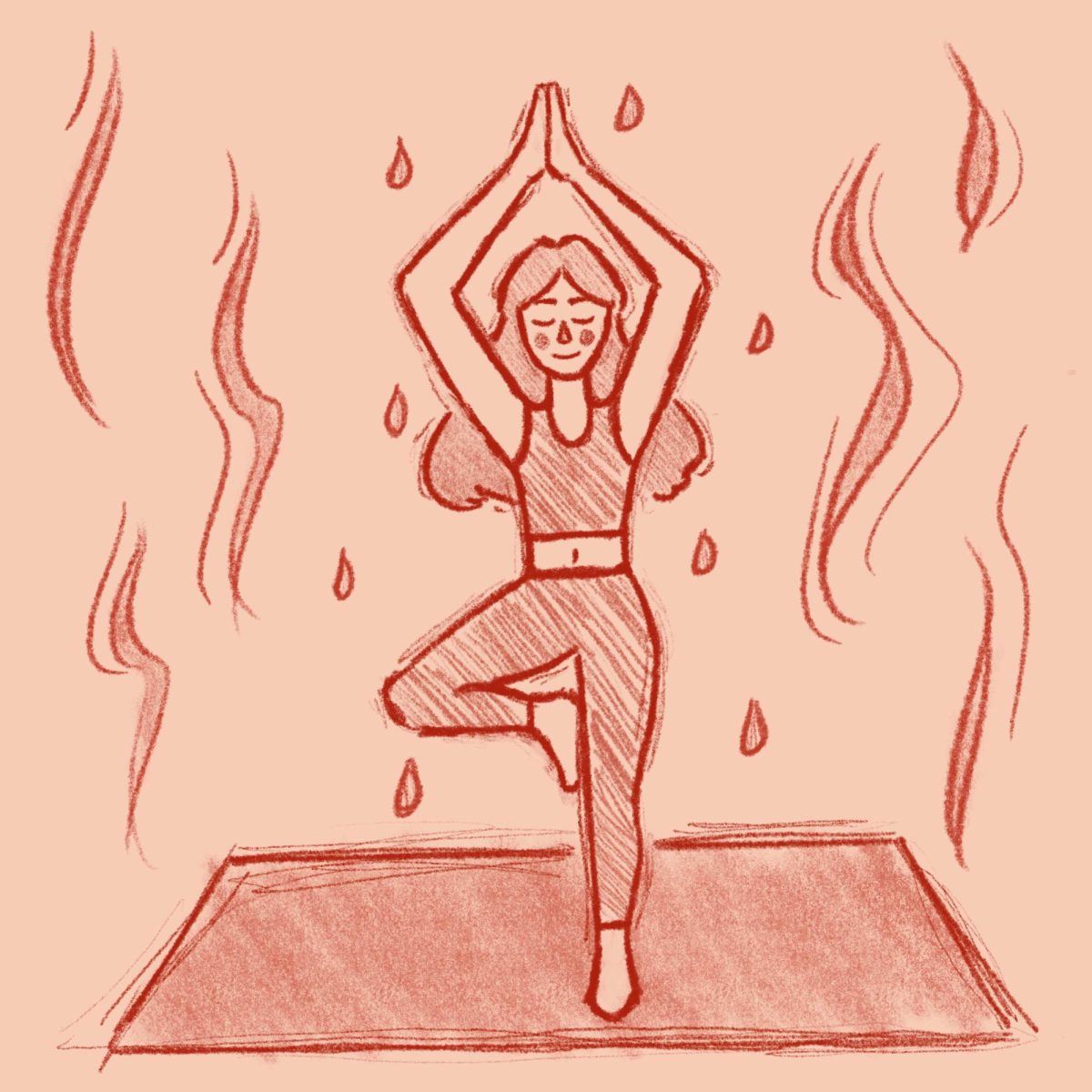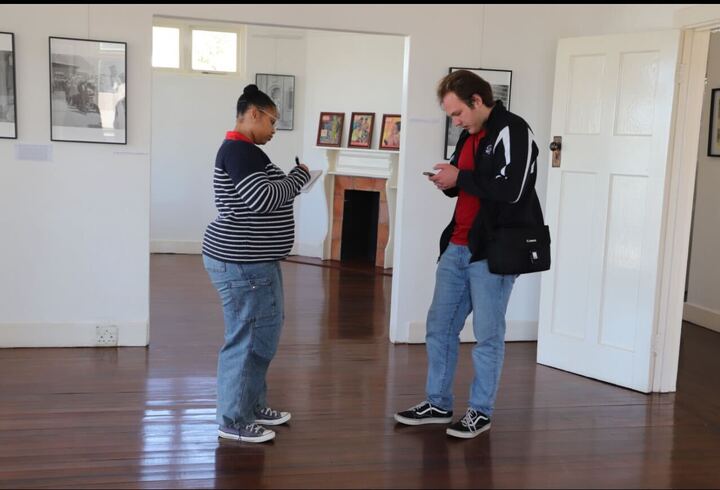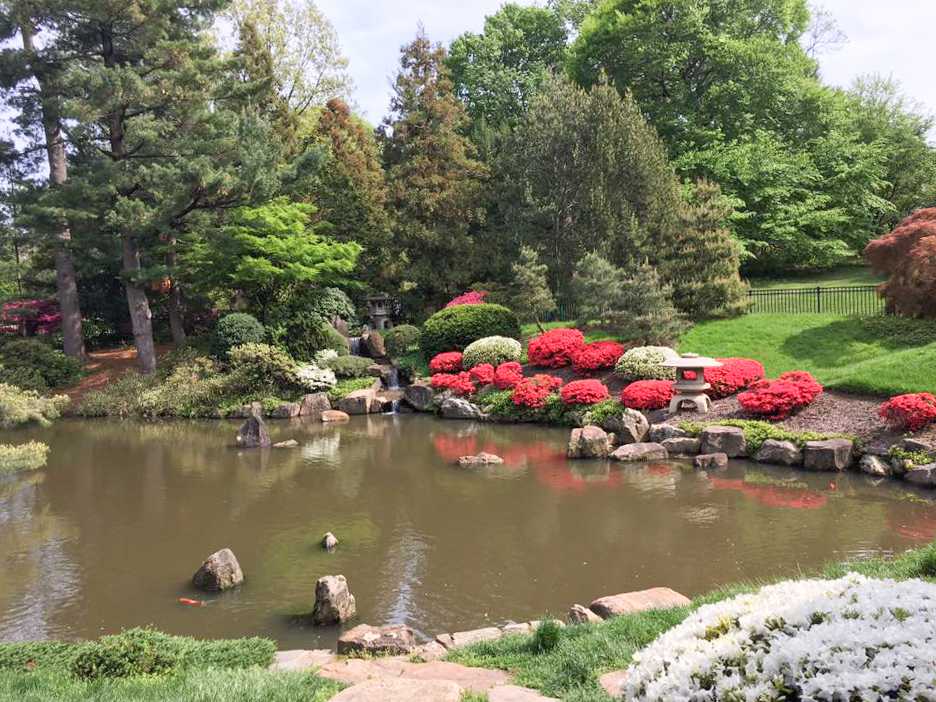Exploring Eastern culture in West Fairmount Park.
_______________________________________________________________________
Tucked away down a winding road in West Fairmount Park stands the Shofuso Japanese House and Garden, a traditional-style Japanese house and garden which reflects the history of Japanese culture in Philadelphia. Shofuso is run by the Japan America Society of Greater Philadelphia, a private nonprofit organization, and its partner, the Friends of the Japanese House and Garden.
Originally built in Japan in 1953, Shofuso was constructed using traditional ancient architecture techniques like wood joinery, which allowed for the structure to be pieced together like a puzzle, protecting the house from collapsing during frequent earthquakes. In 1958, Shofuso was moved to Philadelphia, an area where previous Japanese structures and gardens thrived.
Once I arrived at the house and gardens and paid my student discounted admission fee, I was quickly informed I would need to take off my shoes before entering the house. Since I was entering a traditional Japanese house, I was expected to honor the ancient culture, regardless of how badly my feet stunk.
I placed my shoes on a rack outside the house and walked “inside”, as most of the rooms in the house were open or without a door. The distinct scent of newly bloomed flowers mixed with the sound of gently running water filled the air and suddenly I forgot what year it was.
Kristina Hunt, my tour guide for the afternoon, met me on the front steps and minutes later, the immersion into Japanese culture began. As I was led throughout the three houses on the property, she described the common importance of symbolism and immense detail within Japanese culture, from the way the gardens were arranged to how the rooms were heated.
“The Japanese believe every little thing has a purpose and that it should be honored,” Hunt said. “For example, when heating the rooms, which is a dual system for air-conditioning, in Japanese culture it is disrespectful and unnecessary to only heat the room itself; they believe in heating the people, which heats their souls.”
The entrance to the tea house was half the size of a regular doorway. After walking through the tea preparation room, we knelt before a scroll in a wooden box in front of a tea pot.
Before beginning a tea ceremony, guests would be asked to kneel in front of whatever scroll was presented that day and reflect on its message for a few minutes. The scroll of the day read “Ray,” which translates to beauty,” fitting for the summer-like weather happening outside the thin, asymmetrical walls.
“Traditional tea houses were built with the intention of being more intimate, like the low-level entrances and asymmetrical in structure to honor the smallest of details” Hunt said. “In Japanese culture, beauty is found in imperfections and originality, both in architecture and in people. Older people love when they hear this.”
Despite the primary influence of Zen Buddhism and the immense reflection that takes place, these traditional tea ceremonies hold no religious significance. Once the ceremony ends, guests are led towards a separate exit than the host, both with small doorways, to take their reflection out into the world.
After concluding the tour and putting my shoes back on, I made my way to the garden, taking all the informational and reflective details with me. Walking over bridges with koi fish swimming under me and hearing the waterfall’s rhythm mix with the tempo of a soundtrack of classical Japanese music made me appreciate the beauty in everyday life.
In such a fast-paced world, everyone can afford to adopt this ancient Japanese practice and step back, acknowledge our imperfections and honor them.
Even our smelly feet.





































